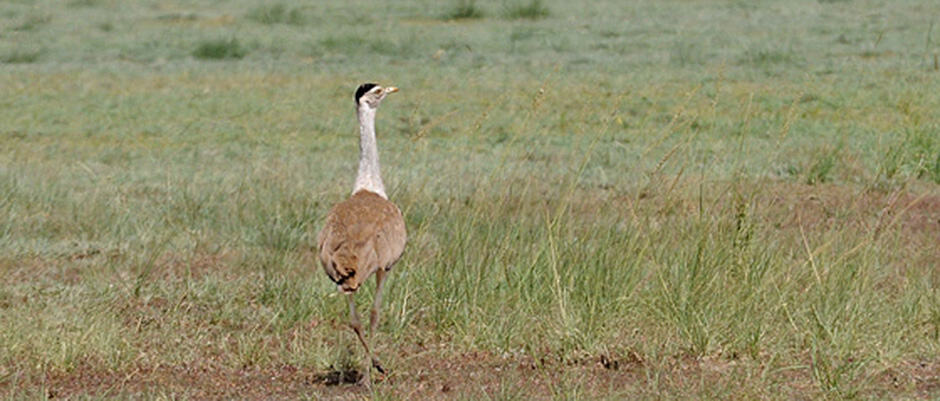Share this article
Captive Breeding for Endangered Species May Not Be Answer
Taking some of the last few remaining animals into captivity in hopes of breeding shouldn’t always be the last resort to save species, according to new research.
Instead, agencies and conservation groups should focus more effort on preventing the extirpations in the first place.
“Captive breeding can reduce motivation and resources for conservation in the wild, with disastrous consequences,” said Paul Dolman in a release. Dolman is an environmental science researcher from the University of East Anglia in the United Kingdom and lead author of a study published in the Journal of Applied Ecology. “Our research reveals the importance of objectively weighing up potential outcomes of captive breeding and comparing them with efforts to support species in the wild.”
Programs sometimes work as a last resort to stop the extinctions of animals like Sumatran tigers (Panthera tigris sumatrae) and Arabian oryx (Oryx leucoryx).
The study looked at the case of the great Indian bustard (Ardeotis nigriceps), which dropped from around 1,000 individuals in 1970 to between 100-200 birds today. Some have advocated for captive breeding programs to try to save the bird despite the fact that effective conservation measures haven’t been taken in the wild. The researchers evaluated the potential success of both options using population modeling and found that there would be more adults in the wild after 10 years of effective habitat conservation and leaving eggs in the wild. On the other hand, the models showed a high chance that the establishment of a captive population would fail.
“Successful captive breeding with surplus juveniles released back into the wild would first require the collection of many wild eggs and a consistently ‘best possible’ performance across all aspects of the program that would be almost impossible to achieve,” Dolman said. “But even the best possible captive breeding programs need effective wild conservation to ensure released birds survive and thrive.”
He said that programs can fail for a variety of reasons such as delays in achieving successful breeding, loss of genetic diversity, domestication and poor ability to survive in the wild.
“Captive breeding can offer a last chance when species face imminent extinction, but ultimately depends on re-establishing a population in the wild. This has proved successful for some high-profile species, but in many cases it has not,” he said.
Header Image:
A great Indian bustard in Tal Chhapar Sanctuary, District Churu, Rajasthan. Researchers found that using captive breeding in some cases might not always be a better option than effective conservation strategies to keep the species in the wild.
Image Credit: Koshy Koshy via flickr








